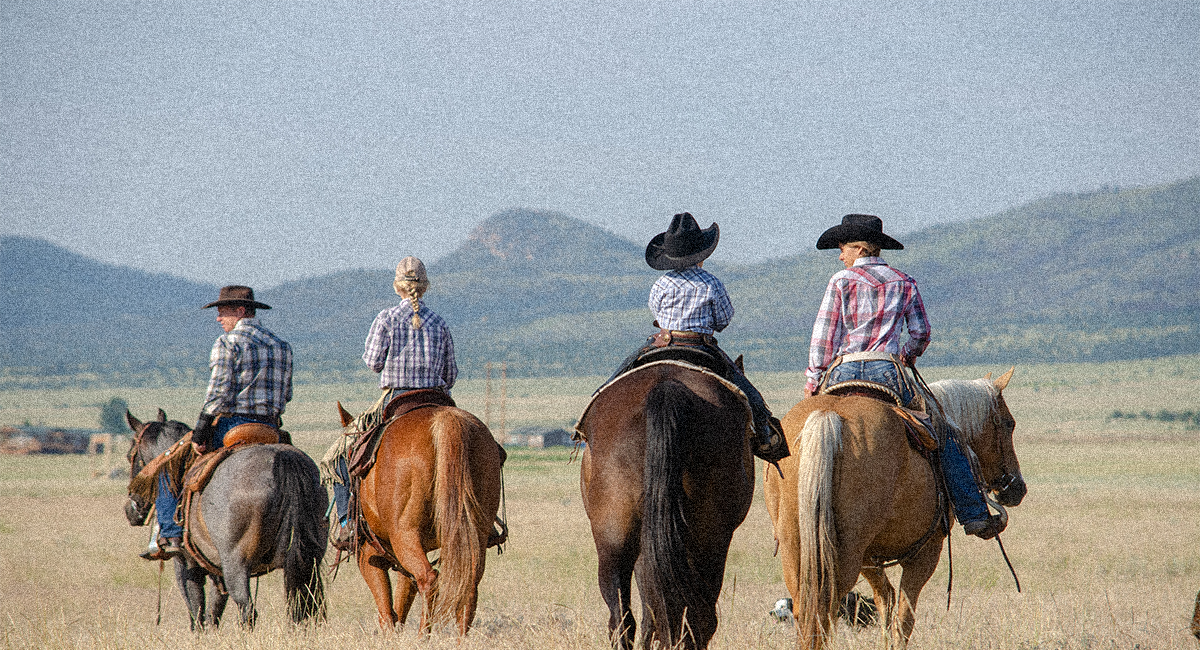Meet Glynn and Ruth Gibson
According to the United States Department of Agriculture (USDA), out of the 2.1 million farms in the U.S., 99% are family owned. This means that the heart and soul of American agriculture consists of hard-working men and women who have a passion for stewarding the land and producing an abundant food supply. Whether they are first generation or fifth generation, the commitment to continuous improvement is the foundation on which their livelihoods were built.
For Glynn and Ruth Gibson, from southeast Arkansas, this is evident. Their operation can best be described as a small yet mighty force within our industry. While their herd size is small, their commitment to conservation and innovation is enormous. Through the diversification of their operation and their steadfast commitment to natural resource health, the Gibsons are taking the steps necessary to ensure their farm can be passed down to their children and grandchildren.
The family’s cattle operation started on the original property in the 1930s, and Glynn's involvement began in 1954. Glynn began raising purebred Charolais cattle 37 years ago with a total of six cows and heifers. With Glynn’s training and expertise in A.I., they have grown their operation throughout the years and expanded to include purebred and commercial cattle in their herd.
“Artificial insemination has helped us to have good genetics, and we are selling a good deal of bulls now, sight unseen,” Glynn said. “Word of mouth has been our biggest advertisement.”
In addition, the Gibsons believe investing in conservation projects not only allows them to leave the land better than they found it, but they also see financial benefits from the investments.
“Anytime we can invest in conservation, in the long run, it will increase profits,” he added.
One of the unique aspects of the Gibson’s ranch is their work in silvopasture, a technique in which cattle are grazed in forests to provide benefits to the land and animals alike. This practice is not new in the management of cattle operations, but has gained notoriety and popularity in recent years.
The Gibsons have worked with USDA-NRCS to establish a management system for their silvopasture, which has proved to be beneficial.
“The purpose of it is to have a combination of pasture and trees together so that you can double up on the income,” Glynn said. “It provides shelter and shade for the cattle as well as grass. It does take a good deal of management as those trees have to be thinned at a timely rate to keep the right amount of shade there.”
In 2021, the Gibsons used the silvopasture for some of their cows to calve in, which provided the calves shelter and protection from the cold and wind.
Partnering with NRCS from the beginning, the Environmental Quality Incentives Program (EQIP) helped provide them financial support to implement cross fencing for rotational grazing and helped install a water system for their cattle. Rotational grazing allowed them to cut input costs and increase production per acre.
NRCS assisted the Gibsons with completing these projects and not only gave the Gibsons quality advice, they also listened to suggestions, Glynn said.
Glynn’s commitment to cattle stretches beyond his own pastures. Since 2006, Glynn has been the Area V Vice President for Arkansas Cattlemen’s Association (ACA).
One of the programs he is most proud of within ACA is the Arkansas Cattlemen’s Leadership Course, which supports cattlemen and women as they take over operations, enter leadership roles and continue to promote beef across diverse platforms.
The program has grown through the years; ACA used to seek out 20 people for the program, but now they have to limit it to 20-per-class, Glynn said.
Not only are the Gibsons active on the state level, they are also proud to be part of the thousands of NCBA members who joined because of the opportunity to promote cattle production through grassroots efforts within the industry.
"We know that the more members you have in an organization, the stronger the organization and the industry will be,” Glynn said.
Glynn and Ruth believe that reaching out to those not directly connected to agriculture is a very important role of cattle producers. People do not understand or value the land and livestock the way they once did, he said.
Like most producers, Glynn firmly believes the work done by the cattle industry provides irreplaceable benefits to our world. He proudly said, “I think that without the ruminant stomach, the world could not stand.”
